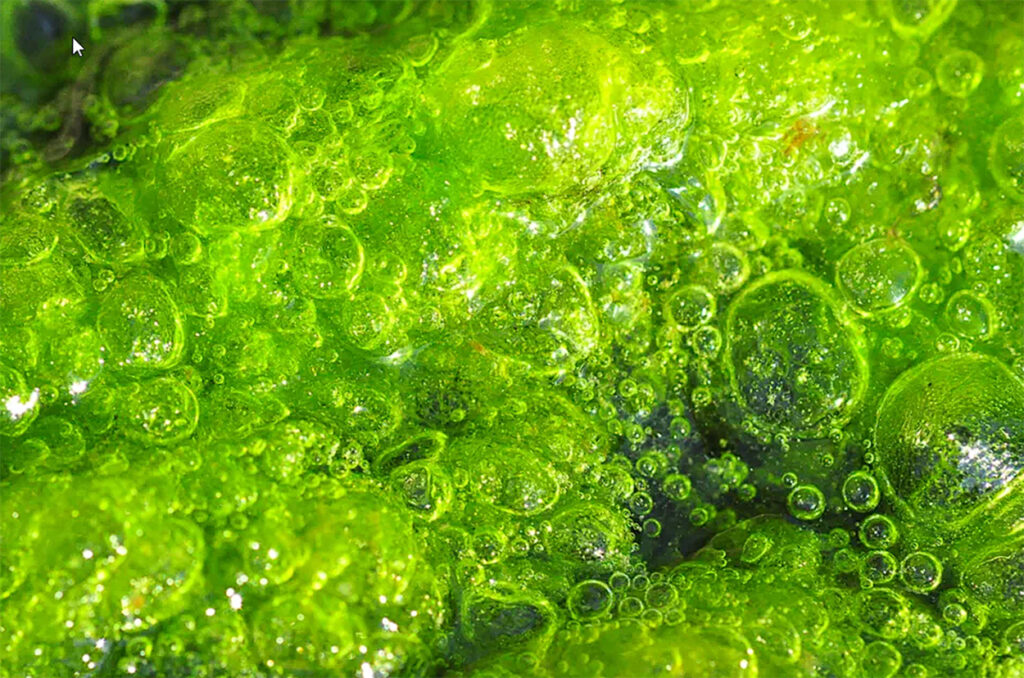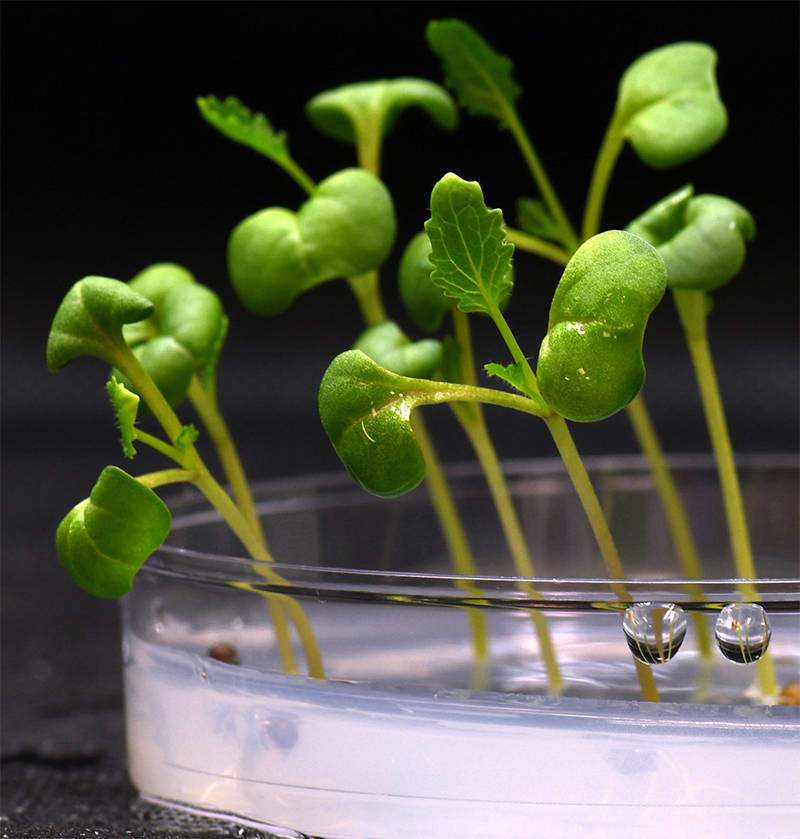Artificial Photosynthesis Is a New Way to Grow Plants in Complete Darkness
Plants undergo photosynthesis to help them grow. Thus, they need sunlight for growth. But some scientists do not need sunlight for photosynthesis, as they have developed a way to grow plants in the dark.
If you still remember your science subject in elementary, plants absorb the sunlight’s energy to create their food from water and carbon dioxide. However, photosynthesis is not that effective because only three to six percent of the energy from the sun reaches the plants.
Artificial photosynthesis
With the new process scientists at the University of California Riverside and the University of Delaware developed, they succeeded in bypassing the need for biological photosynthesis but still allowed plants to create their food.
The new technology they developed involved a two-step electrocatalytic process. First, it converted water, electricity, and carbon dioxide into acetate. Next, the food-producing organisms eat the acetate, which allows them to grow without sunlight. The process can potentially raise sunlight’s conversion efficiency into food by up to 18 times (for specific foods).
Solar panels generate electricity to provide the power to run the electrocatalysis. UC Riverside assistant professor Robert Jinkerson, one of the corresponding authors of the project, said they aimed to identify a unique way to produce food that could overcome the boundaries of biological photosynthesis. Their electrolyzer increased the production of acetate while decreasing the amount of salt. As a result, they made the highest amount of acetate through the two-step process, which was not achievable using conventional CO2 electrolysis, according to Feng Jiao of the University of Delaware, another of the project’s corresponding authors.

Growing a wide range of food
The research group experimented with various food-producing organisms they could grow in the dark on the acetate-rich electrolyzer. The organisms included fungal mycelium (mushroom-producing fungi), yeast, and green algae. The research group said that growing algae through their novel technology was more energy efficient.
The scientists likewise investigated if they could grow other crops in the dark and experimented with green pea, canola, rice, tobacco, tomato, and cowpea. Again, they reported that they were successful in their experiments.
The team is also looking into making their system an additional energy source to boost crop production by tweaking their engineering and breeding techniques.
One of their objectives is to release agriculture from its dependence on the sun. With artificial photosynthesis, there will be several possibilities to grow food under challenging conditions that human-caused climate change imposed.
The scientists believed it could help reduce the threat to global food security, despite reduced availability of land, floods, and drought. This is because they can grow food in controlled surroundings and produce it in areas unsuitable for agriculture, including cities.
Food for space explorers
With artificial photosynthesis, farmers will need less land. The researchers likewise believe that the method can be used in outer space so that they can feed crewmembers.
The team had already submitted their method to NASA’s Deep Space Food Challenge, and the group won Phase I of the challenge.
Several entities supported the research, including the U.S. Department of Energy, the U.S. National Science Foundation, the Link Foundation, the Foundation for Food and Agriculture Research (FFAR), and the Translational Research Institute for Space Health (TRISH) via NASA (NNX16AO69A).
Probably, we will soon hear about space vessels growing plants in the dark on some planets close to the earth.
